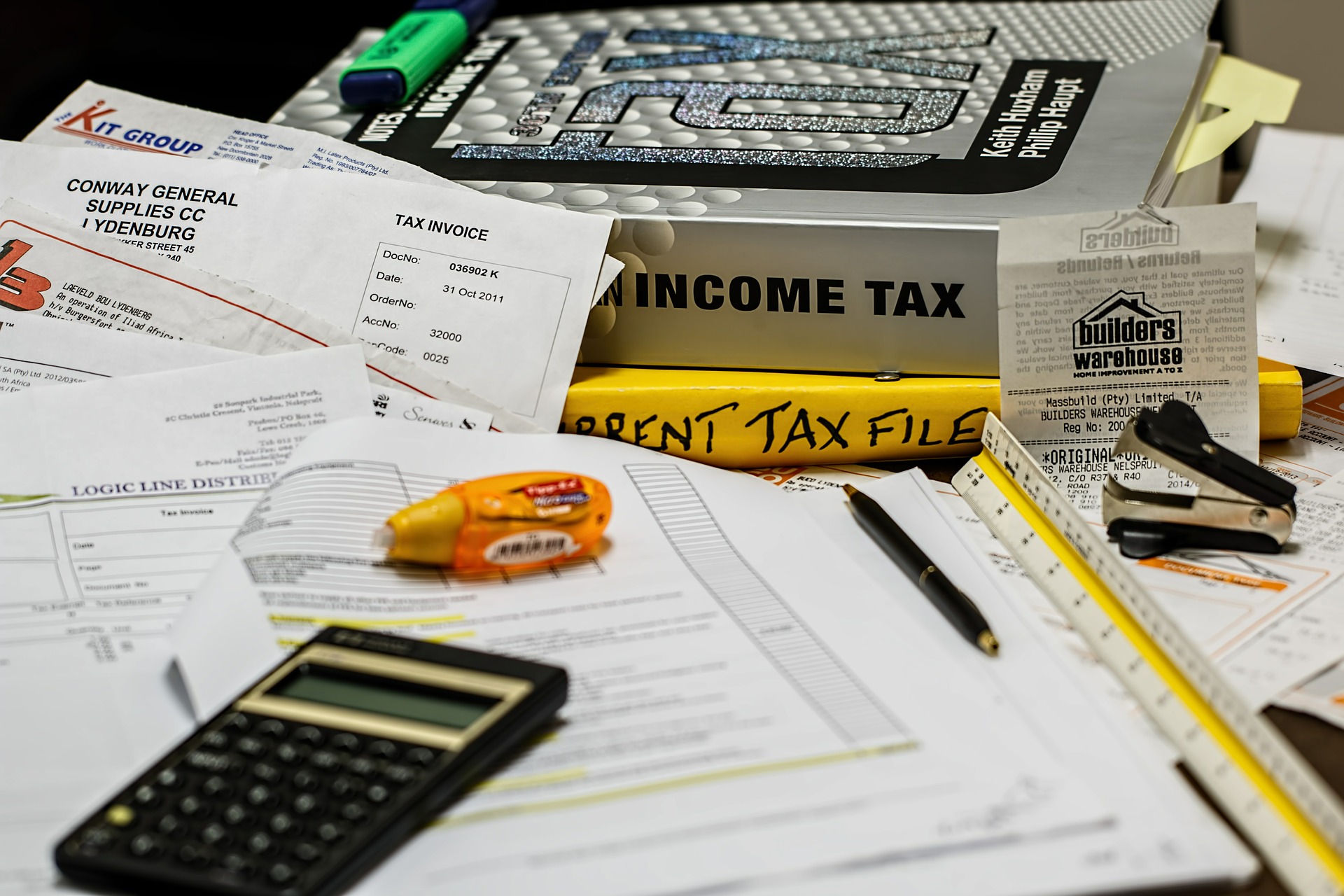The need to build a household budget for the self-employed and reduced income family has never been greater in the history of mankind as it is today.
With the explosion of entrepreneurs, freelancers, and variable part-time employment, families rely less on routine income and more on irregular and sometimes reduced income.
Some families have income earners who might work several freelance contracts.
Clients will come and go. Some will pay you for your services and some will not pay you and take a vacation to Mexico instead.
While there are several great benefits for families to be self-employed, the biggest challenge will always be how to build and stick to a household budget during times of household income turbulence.
Self-employed families do not have 26 regular paychecks to rely on.
Additionally, challenges and emergencies will always come up.
Having a household budget in place and a personal finance flowchart will help navigate financial instability and reduce stress in your family life.
If you follow the steps below, you too can build a household budget for your self-employed family.
1. Create Your Current Household Baseline Budget (CHBB)

I would consider this step to be the most important step in building a household budget. In the corporate world, I have given presentations on developing and determining baseline costs to run units and departments.
While your household budget is probably not half a billion dollars a year, (although I do know child care is expensive…seriously it is no joke), the same principle applies to households as it does to corporations.
Be sure to check out our article on budgeting tips for some special money management advice and best debt payoff apps to eliminate debt in your household.
2. Determine Your Fixed Costs
These expenses in this category will be things that will not change within the course of 12 months. These expenses would include the following:
- Mortgage/Rent
- Insurances (personal and property)
- Association Fees
- Property Taxes
- Utility Bills (although these will vary slightly but you will still have to account for them each month)
- Cable/Cell
- Car/Lease payment
- Loan/Debt Payments/Student Loans
- Groceries/Food/Restaurant
- Transportation/Gas/Maintenance
Put the monthly amounts down on either a spreadsheet or go old school with a piece of paper and hand-write them out. For items such as mortgage or car payments, put the actual expense amount down.
Items where the expense totals vary slightly month-to-month, use a 3 month average and use that amount. If you have enough data to do a year average, use that and figure out the monthly amount. Things like utilities could vary a bit due to seasonal swings.
Do not worry about income yet. We will cover that further down.
3. To Rank or NOT To Tank


At this stage many finance gurus would tell you to rank your priorities and expenses. I don’t.
When you use the CHBB model, it is assumed that ALL of these baseline expenses are of equal importance.
These would be the minimum expenses and categories that you would need to live and most importantly, follow my blog.
When a household has unpredictable income, the idea of building a household budget for the self-employed family is a much smaller and exact version of expenses.
You already know what the essential categories are and pretty much what the monthly expenses will be. So a ranking is not necessary.
For a household that is looking to create a more “generalized” household budget, then yes there would be a lot more expenses and categories.
You would want to do a value-based or ranking of expenses because you know how much income is coming in.
For unpredictable and self-employed families we handle this differently.
4. Income Determination
When I used to create hundred million dollar budgets, I used to use the bare minimum revenue number as my income projection and determination. It was the most conservative number. Self-employed families would use this strategy of a conservative income amount.
I am not counting things such as passive income streams, creative ways to make money or ways to make money filling out surveys while watching TV.
I used conservative numbers because I did not want to devastate families. IF I were to plan for more revenue or an unrealistic amount and less revenue comes in, then I would have to recommend layoffs.
There are other ways to handle the additional revenue if it comes in that we will cover later.
Go back and look at your last year’s income by month for each month. Determine what the lowest monthly income amount was that you received, and this will be your new income baseline.
5. Revisit Your Current Household Baseline Budget
Next you will have to go back and take a look at your baseline to see if you can afford everything on there. If you are significantly short (more than 30%), then you have to either find additional income or try to reduce your baseline expenses somehow. Fluctuating income is one of the signs to revisit your household budget strategy. Perhaps selling a car would be an option.
If you are less than 30% and have some savings to float along for 3 months, this might be an ok short-term strategy. You will have to have communication with all family members to make sure everyone is on the same page with this strategy. Remember we are using the LOWEST income per month from the previous year as our baseline projection. Plan for the worst and hope for the best.
If however, after 3 months you are still significantly in the red, then you should make adjustments.
6. Build a Household Budget Enhancement List

Figuring out if you will be able to handle your basic household expenses for your family is a critical crossroad. If you are able to handle the basic expenses, you will probably have extra income coming in. Remember we use the minimum income amount to plan for the worst case scenario.
Now that you know you CAN handle the baseline minimum expenses, you need to create a second list. This list would have items on it where they are not essential to your family, but they are items that nonetheless are important.
One way I used to handle extra revenue that came in during the course of the operating year was to schedule capital improvements that I know needed to get done down the road. These would include things such as maintenance or purchase additional supplies.
The same strategy also works with personal finance and household budgets. A self-employed family would want to take care of large items that they know are important at some point in the future.
These would include items such as:
- Vacations
- Creating a budgetary savings fund or emergency fund
- Saving for college
- Entertainment
- Concerts
- Savings fund for vet bills
- Car purchase
- Wardrobe upgrade (daddy needs a new pair of shoes)
- IT purchases
- Gifts
These items should be priority ranked. You could also assign budgetary guidelines to each category you have if you want. For example, assigning 30% of all extra income to go towards your budgetary savings fund is a great way to handle future months where income will not be so great.
Additionally within this group, if your income takes a major downturn, you simply can cut back on funding these initiatives and know that your essential expenses will not be affected.
Summary
To create and build a household budget for the self-employed family does not have to be stressful. Following the steps above will help your family live a lifestyle within means while your household income may be in transition.
Additionally, your household budget will actually assist in building wealth because a groundwork will be in place for expenses and future wealth-generating investments. There are also ways to improve your budgeting skills as well that will get you on track.
If you live and spend by the motto, plan for the worst and hope for the best, you will be able to reduce your sleepless nights significantly, spend more quality time with your family, and will also have a better life outlook.
That in turn, will make you more productive in your business. Whatever way you slice it, it is a win for you, your business, your family, and your finances. It’s smart cents!
If you are looking for more information on budgeting, be sure to check out our budgeting resources page for additional resources!





Leave a Reply